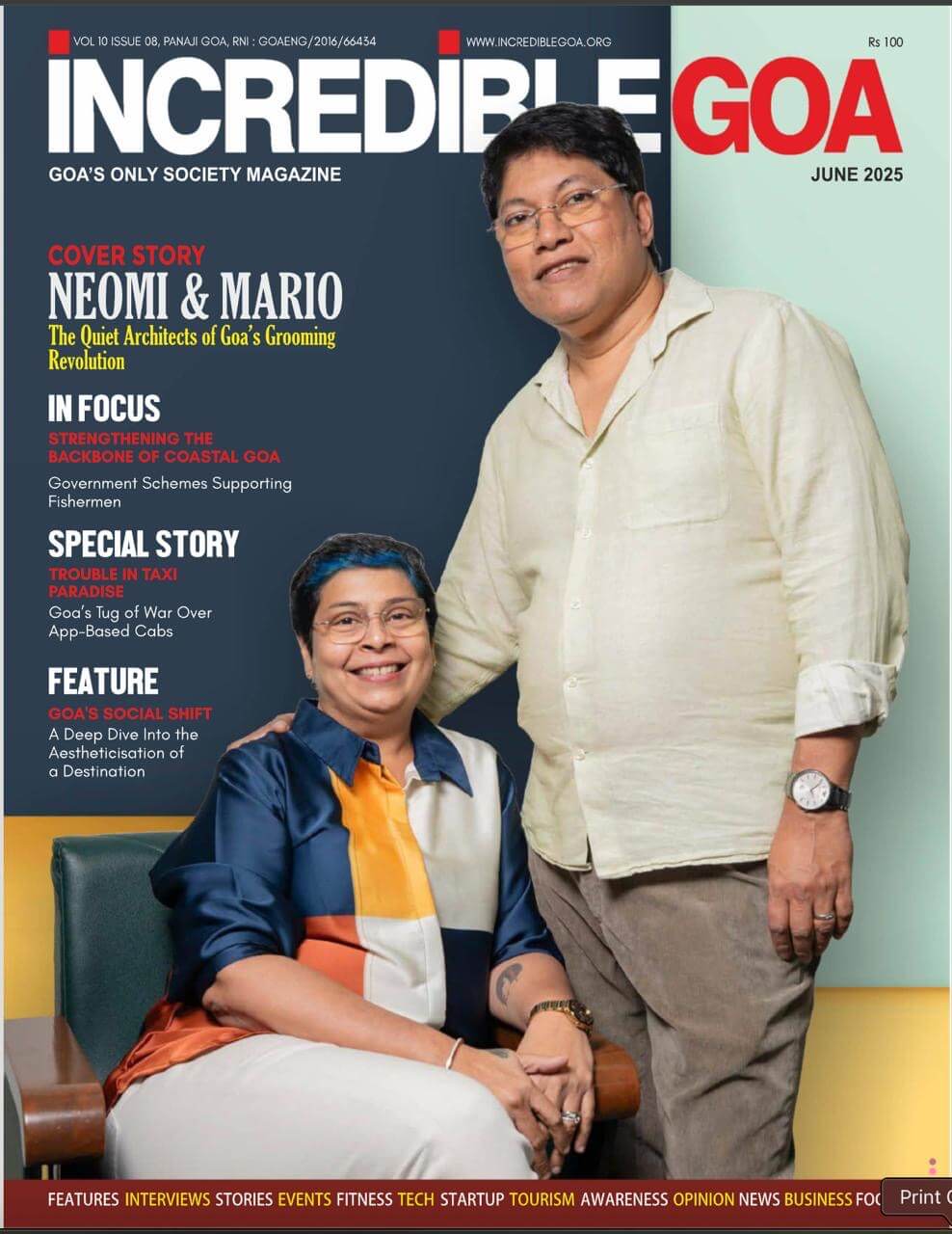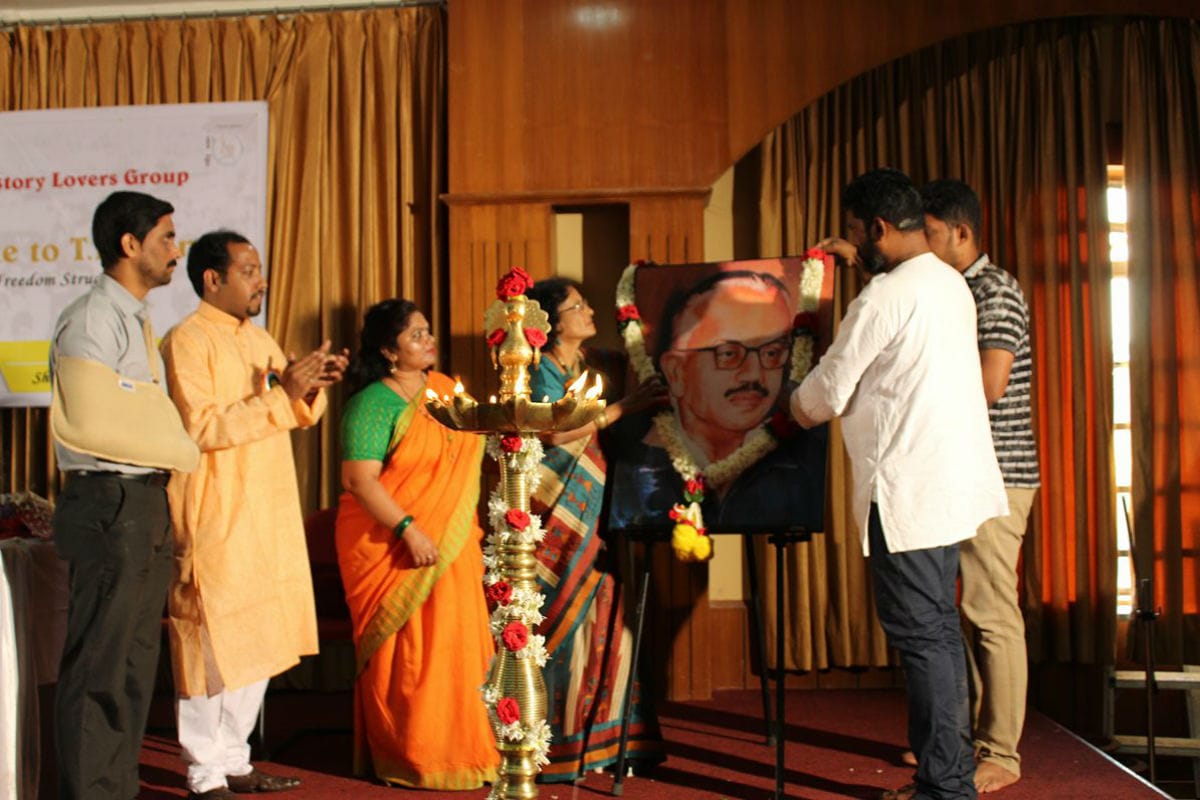In the last article, we had briefly spoken about the impact of the digital world on our intimate relationships. This week, we are going to explore the role of social media and our virtual selves in marital infidelity. With easy accessibility to people from across the world, we have found newer ways to connect with old friends, family members, teachers from elementary school, and a countless number of social connections are sitting on our fingertips. These same tools have also opened several ways for us to connect with exes and old flames from the past.
A study published in 2014, found that Facebook was cited in one-third of all the divorce cases due to cheating or old flames, in the UK (Mirror UK, Jan 2015). Closer home, in 2019 the Madras High Court asked the Union Ministry of Family Welfare to put together a team and explore the impact of social media on extra-marital affairs and study the link if any.
Digital Infidelity occurs when people resort to digital communications using social media or other platforms, to cross the boundaries of their marriages. It’s basically marital infidelity performed using digital tools. What may start at first as a casual banter and seem like harmless flirting, may soon transcend toward more intense conversations, sharing of suggestive pictures, fantasy sexual conversations, and something that one actively looks forward to.
There are many reasons why it’s easy to cross the boundaries of marital commitment, using digital tools and sometimes, without the person realizing it as much at times (even though, that doesn’t justify the same). The most obvious reason across research articles and in expert opinion remains the ease of connectivity and access to other people.
There are millions of people on Twitter, Facebook, Instagram, and so on. 10 years ago, we would have never indulged in replying to a tweet by an unknown person or liked a photo where a friend’s friend is vacationing. But now we do! If we go on to explore, then we can make the countless number of connections in a single day; people are easily accessible at the click of a button. And therefore, it’s also highly likely that we are going to share common friends with an ex or a crush from college.
The temptation to connect takes over when you can see the person you had shared an intimate moment with, in the past, grinning at you through their photos so effortlessly. It’s not just exes that one connects with digitally, it could be anyone; but data suggests that the probability of getting digitally involved is higher with someone we have shared a past with or know personally.
As a generation, we are also spending a great amount of time on social media. Most people end up spending anywhere from 50 minutes to 3 hours every single day on one or more of the social media platforms. The more time we spend online looking at other people’s lives, the more we are going to be dissatisfied with our own.
In fact in therapy sessions, when clients talk about social comparisons and dissatisfaction, it’s become a norm for the therapists to explore the amount of time which the client spends on social media platforms and work on disengaging the person from using these. When we see other people’s happy moments flashed across our screen, we don’t acknowledge the thought that no one posts photos of sad moments online; people only project their best selves virtually. This leads to discontentment with our own lives, and often with our partners, thus also increasing the risk of getting attracted toward another person.
Digital infidelity could be that escape route from the discontentment we start experiencing in our own lives, fueled by the false perception of other people’s lives. Researchers have also come up with this interesting concept known as the “Back Burners”, to describe our affinity for getting emotionally involved with others, on social media.
As humans we are quite used to having options in all spheres of life & a backburner relationship is one which we can use as a fallback option if our primary relationship fails. So even though we may never leave our partners and actually get committed to the online crush, it feels good to have someone as an “option”, should things turn sour in the marriage.
So how does one be more aware and prevent themselves from digital infidelity? Firstly, it’s important to identify if your digital life and online presence is more important to you than your relationship. Would you prefer talking about your day or your hardships with a person you have met online, as compared to your partner?
When we start looking at our online connections as more of an emotional support system than our intimate relationships, it’s not a good sign and is often the first indication of digital marital infidelity. Secondly, notice if you are looking forward to getting back online to chat with that person and/or constantly checking your messages, to see if that person has sent new messages. The desire to share your life with someone other than your partner creates an emotional distance in the marriage.
Lastly, recognize that the main reason behind digital infidelity is the curiosity that is associated with it and the need to explore something new. So when the next time, you want to send a casual “Hello!” to an ex-flame or an attractive friend of a friend, stop right there and ask yourself about how will it impact your real-world relationships? For more on prevention from infidelity, you also refer to the last week’s article about avoiding extra-marital affairs.


























